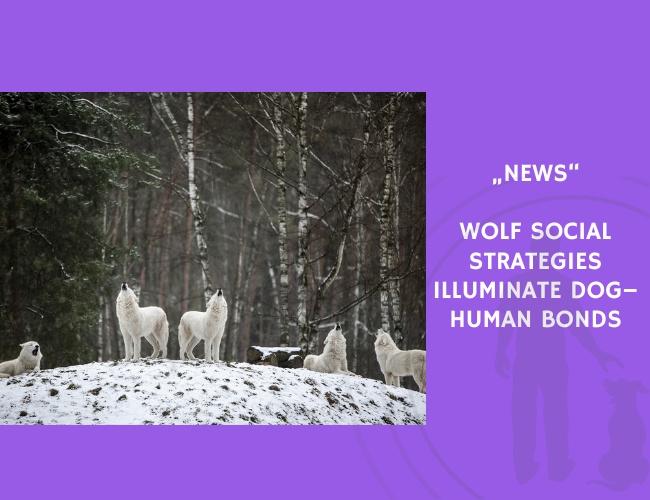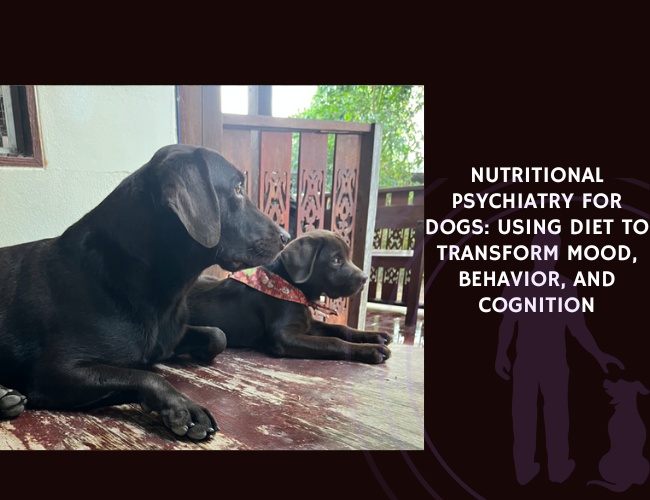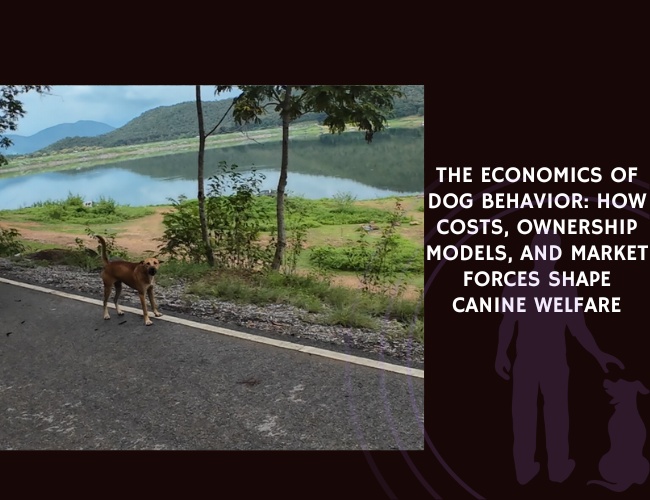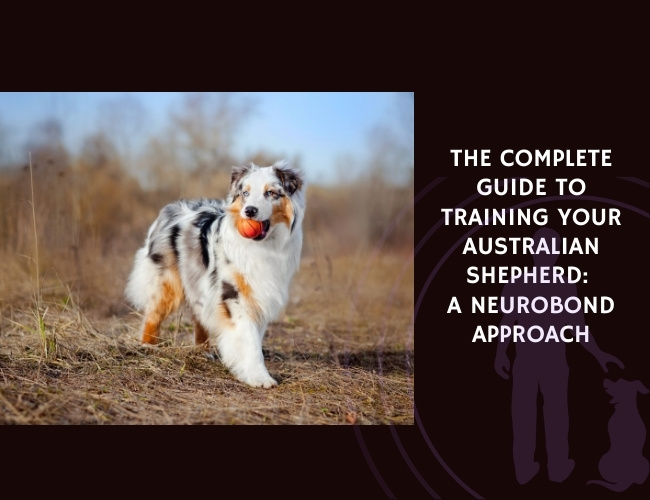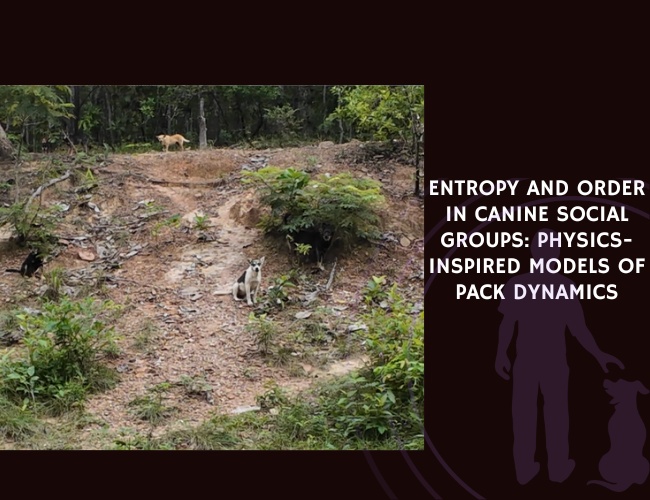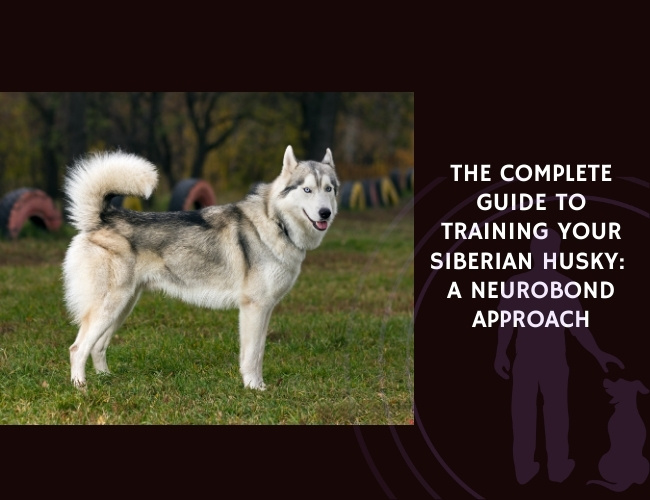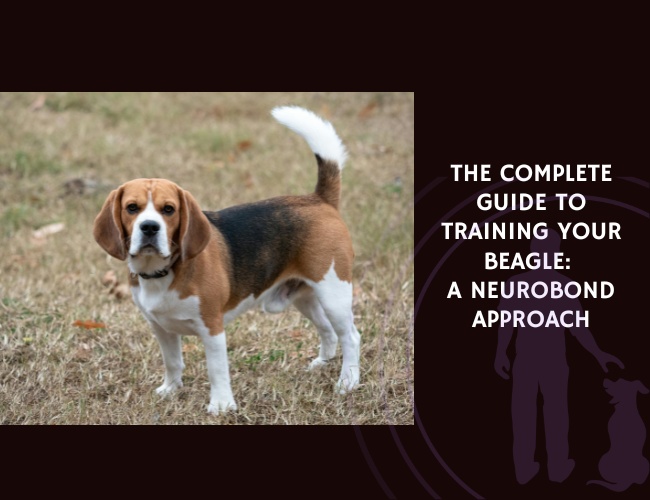Giada Cordoni and Elisabetta Palagi (2019) explored how the cooperative behaviors of wolves provide the evolutionary foundation for the emotional and social ties dogs now share with humans. Wolves live in highly cooperative packs where group success depends on collaboration in hunting, pup rearing, and territorial defense. This cooperative framework, though hierarchical, allows subordinates to gain tolerance from dominants by offering help—a form of commodity exchange.
Wolves also display sophisticated post-conflict strategies, including reconciliation, consolation of victims, and calming aggressors. These behaviors reduce tension and restore group harmony, requiring social attentiveness and emotional awareness. Additionally, adult play in wolves—often mimicking real fighting—relies on rapid signaling and mutual understanding, strengthening bonds while minimizing escalation risk.
The authors argue that these wolf traits—cooperation, conflict resolution, and flexible play—were fertile ground for artificial selection during domestication. Humans redirected wolves’ cooperative potential toward interspecific relationships, fostering the affective and communicative skills that define the dog–human partnership today.
Source: Cordoni, G., & Palagi, E. (2019). Back to the Future: A Glance Over Wolf Social Behavior to Understand Dog–Human Relationship. Journal: Animals, Volume 9. Publication Date: 2019-11-01. Authors: Giada Cordoni, Elisabetta Palagi.

